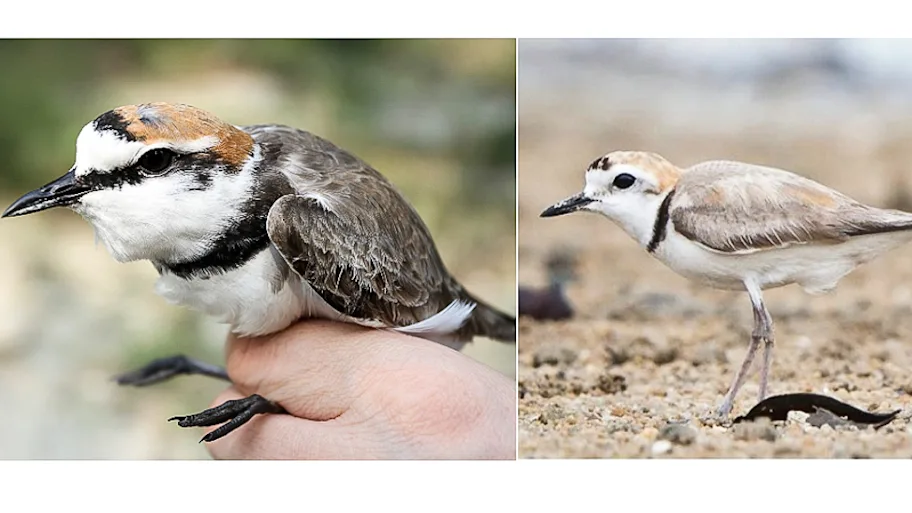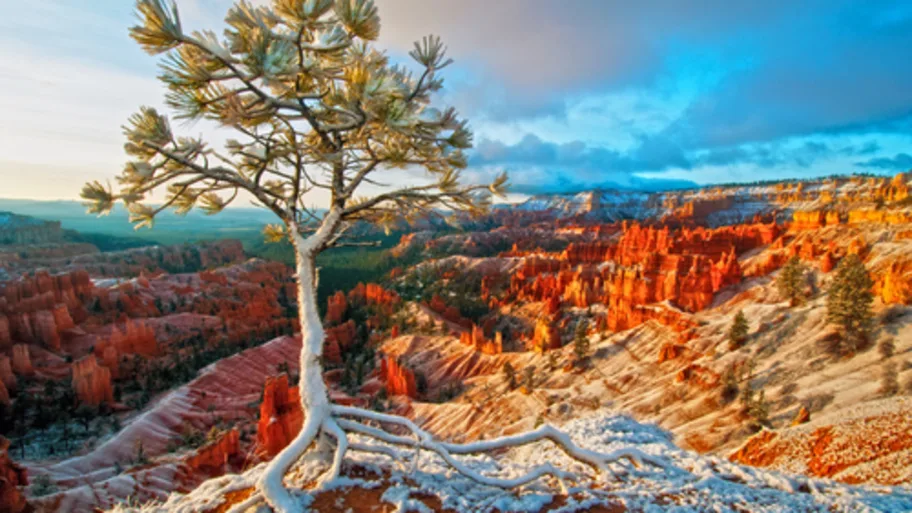
- Science news
- Frontiers news
- Uma Ramakrishnan – Tigers, elephants and everything in between
Uma Ramakrishnan – Tigers, elephants and everything in between
Author: Emma Phipps, Journal Specialist
Dr. Uma Ramakrishnan is a scientist and academic at the National Centre for Biological Sciences in Bangalore, India, who specialises in molecular ecology and population genetics. We talked about her work in the field, the lack of female leaders, and lessons learnt having been an international student.

Could you explain your current role?
“I am a scientist and professor at the National Centre for Biological Sciences, TIFR, in India and I’ve been working here for the last fifteen years or so. I work on understanding biodiversity through a genetic lens and have a specific interest in the origins of biodiversity and human impact on biodiversity.”
Did you always want to go into this area?
“I was always very interested in animals and was very curious. I am not a very patient person so I wanted to understand things quickly! I happened to read [John Avise](https://en.wikipedia.org/wiki/John_Avise#:~:text=John%20Charles%20Avise%20(born%201948,at%20the%20University%20of%20Georgia.)’s (American geneticist and conservationist) book on molecular markers, natural history and evolution and was captivated by the fact that we can use genetic tools to peek into the ecological and behavioural lives of animals. While I was interested in molecular ecology, there was no one studying it in India, so I decided to do my PhD in the U.S. with the idea of continuing my work on elephants. However, in that year India tested nuclear weapons so the U.S. imposed financial sanctions meaning any research in India was not going to be funded by grants from the US. As a first year PhD student, I had my whole life planned. I was going to work on these elephants, but all my plans went up in smoke. In the end, I spent a lot of time exploring different kinds of systems, for example, I worked on marine systems with the National Marine Fishery Service which was a great experience. I also did a postdoc looking at the impacts of climate change on mammals with ancient DNA which allowed me to get a longer-time evolutionary perspective. When I came back to a position in India, it was amazing! There was so much to explore, but there were still no practicing molecular ecologists in India, even though it had been seven years since I had left. There are a few labs now, but still not many.”
How did your career evolve?
“All of my degrees are in different subjects which is a bit crazy. In India, there is really no place to study ecological sciences at the undergraduate level, even today. If you study Biology, it’s mostly very old-fashioned: you study Chemistry, Botany and Zoology. This may sound silly, but I was terrible at drawing and everyone in the biology undergraduate programme was drawing these complex diagrams, but I just could not do it! Plus, I thought that ecological sciences required a strong quantitative understanding, and, if you did Chemistry, Botany, and Zoology, you had to drop Maths and Physics, so I chose to do a Bachelors in Physics, Chemistry and Maths. I didn’t want to continue doing Physics at a Masters level and the only Biology programme that I was eligible for was Biotechnology, so that’s what I did! Then. I did a PhD in Ecology at UC San Diego, so I finally got there.”
You mentioned moving to the U.S. for your PhD in the late 90s. Was that difficult or unusual at the time?
“I didn’t know anyone else at the university I went to, so in that sense it was not common. It was a little scary because when you’re an international student, that is your identity in that place, you are there to study. There is no safety net of any kind. In India, we tend to lead quite sheltered lives, you grow up and stay with your parents. Plus, someone like me would be from a very mainstream part of society, and many people look like you. It's something you don’t even realise, but then you go to the U.S. where you are different. For me it was not scary, but I definitely felt that I was different and there for a purpose. But I have to say it was also very empowering, because I was quite alone in the sense that I had to figure it out myself. It gave me a lot of confidence. Even now in my research career I have worked in multiple fields including biogeography, conservation genetics, and emerging infectious diseases, so I think that maybe because of that international student experience I am not intimidated by new things.”
Have you faced many challenges throughout your career?
“I would say that challenges often arise because of some of the choices you make. For example, I chose to have children. I have two daughters and that is absolutely wonderful, but obviously that was my choice and with that choice comes responsibility. I want to do fieldwork, but I have two kids so how does that work?
"As an individual woman in science, I think that everyone faces their share of challenges, but as a system, I think, the biggest challenge is for women to become leaders. I might be wrong, but I think that women can be wonderful and inclusive leaders which is something that society is really missing. I think that some of this is to do with transparency. Maybe it is different in the U.K. but most leadership positions aren’t discussed, it’s almost a secret, and someone just emerges as a leader. For a lot of women they don’t even know what the role may involve or what kind of time commitment is required. Most women would have many questions, they may not be able to commit 100%, or need to take time off for family, but one can never ask those questions.”
What would you say are your biggest achievements in your career or otherwise?
“I don’t know whether this is an achievement, I would call it a joy or something that brings me happiness, but it is definitely the amazing people that I have worked with. The students, post docs, and the experience of seeing them grow. Most people from my lab have jobs now. I am quite outgoing and communicative, so sometimes I encourage people to be a bit more than they thought they could be and that’s really nice.
"Maybe this sounds childish, but my way of exploring the world is through science. When I understand the biodiversity of a place, I feel like I really understand it, it is almost like traveling. We have been working on tigers for fifteen years, and I am still trying to understand them. I feel lucky to be able to continue working on them because working on tigers has many issues; it is very bureaucratic, but somehow I’ve managed to sustain funding and different students. I feel lucky to have generated data and knowledge for such a charismatic, beautiful, and endangered animal. I wouldn’t call them achievements, but personal experiences.”
What would your advice be to a young female student starting in conservation now?
“It’s not going to be easy, and we shouldn’t judge ourselves too hard. Some years you might be a better scientist, other years your personal life might do better, another year you might be a better conservationist. When we try to wear many hats, we tend to judge ourselves only as one thing or another. As a woman in general you must wear many hats, so I think it is important to be kind to ourselves and patient.
"It’s important that young women do go into science. I feel we may be losing a lot of people who might bring something very special, not just women but people who are from other backgrounds. For a lot of people, when they see competition they assume they are not good enough so don’t even try. In fact, research is one space where you can really bring out your individuality. I enjoy working with a diverse set of people with different perspectives. Research is about thinking outside the box, you have to think differently and not do the same thing every time, because if you have the same kind of people with the same training, however brilliant they are, research won’t grow.”
Frontiers is a signatory of the United Nations Publishers COMPACT. This interview has been published in support of United Nations Sustainable Goal 5: Achieve gender equality and empower all women and girls.






